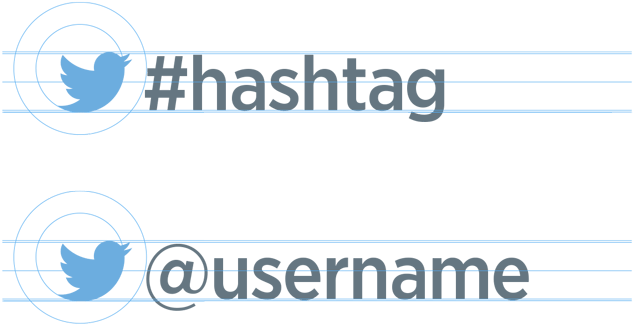Social media has become an inseparable part of any marketing strategy. For small businesses, this type of advertisement is even more important, as it helps to put them on the map, right there next to the big players. However, there is one big difference between corporate giants and small enterprises that makes the terms of the strategy completely different: the budget.
As a small business owner, you want to accomplish as much success you can, with as less money as possible. And really, spending more money doesn’t guarantee greater success. The secret lies in setting the right objective, knowing the key performance indicators, and planning the tactics.
Here are some tips that will help you set the right social media advertising budget.
How much should you spend on social media?
Social media often gives the illusion that everything is free if you are creative enough. Still, paid advertising is crucial for an effective strategy because it allows you to effectively target the right audience and use calls to action. Most businesses spend between five and 15% of their annual revenue on the overall marketing strategy. In today’s circumstances, up to 45% of that budget should go for digital marketing efforts, while between 15% and 25% should be directed to social media activities.
The exact amount also depends on the specific marketing goals you set out to accomplish. Depending on the money you have, you should be careful not to overspend and compromise the budget for the SEO, content marketing, and other relevant digital marketing activities.
What can you afford?
Not all business have the same amount of money on their disposal, and it is imperative to set a realistic budget that will not have a negative impact on the company’s operations. Try to work in the frames of the budget you already have. Write the number on the paper. Set up a priority list that will show you where to invest more. For example, fashion ads are more effective on Facebook and Instagram than on Twitter.
If you find yourself in serious deficit, consider getting access to extra funds, via small business loans, mortgages, new investors, and similar.
Assess the social media channels which allow advertising
As mentioned, the platform you choose and the industry you work in will have a great deal of impact on the return on investment (ROI). With 2.2 billion users, Facebook is the biggest platform which allows advertising. It is followed by YouTube (1.5 billion), and Facebook Messenger (1.3 billion).
Instagram, which is possibly the best choice for creative images, has a total of 813 million users. LinkedIn might look like a small network, but with 260 million users, it is the perfect choice for B2B marketing. Another apparently outnumbered platform, Snapchat gives you access to 255 million of young persons open to creative ads.
Twitter is the best at-the-moment advertising platform for calls to action and it speaks to an engaged audience willing to contribute to a cause they believe in. Pinterest (200 million users) is a visual platform which aims for the user’s ability to spot beauty and details. Finally,
Yelp puts you on the map of businesses that provide services or sell products. It is particularly useful in the tourist hot-spots.
Setting up the budget based on your goals
Where you hope to go will determine how you are going to get there. Knowing your goals will help you break your budget into different segments and create a more streamlined advertising strategy. Here are three popular marketing goals for small businesses:
“There is no such thing as a free lunch”
We said it before and we’ll say it again: even though it looks free, there is no such thing as free social media advertising. Creating social media content is not something you can do on your own (unless you are a fantastic copywriter trapped in the body of a small business owner). It is assessed that copywriting takes up about 10% of the digital marketing budget.
Depending on how much time and money you are willing to invest in the content strategy, you can either bring on a team of content writers and editors or hire them as freelancers.
Consider how often and on how many platforms you wish to share the content, and you will see which of these options is better for you.
Furthermore, the visual content is something to think of, because it plays an immense role in the overall popularity of your brand. You can decide to build a strong brand identity by using your own photos, videos, GIFs, and infographics, but that costs money. For a more affordable option, you can pay for stock photography when you need it.
If you do have a team, it wouldn’t hurt to send them to seminars and conferences where they can learn new trends in the digital marketing realm.
While it would be much simpler that way, there is no one-size-fits-all budgeting strategy for social media advertising. But that is also the advantage of these platforms. You can spend a million times less than an international corporation, and gain more engagement, with enough creativity and planning.









